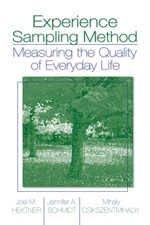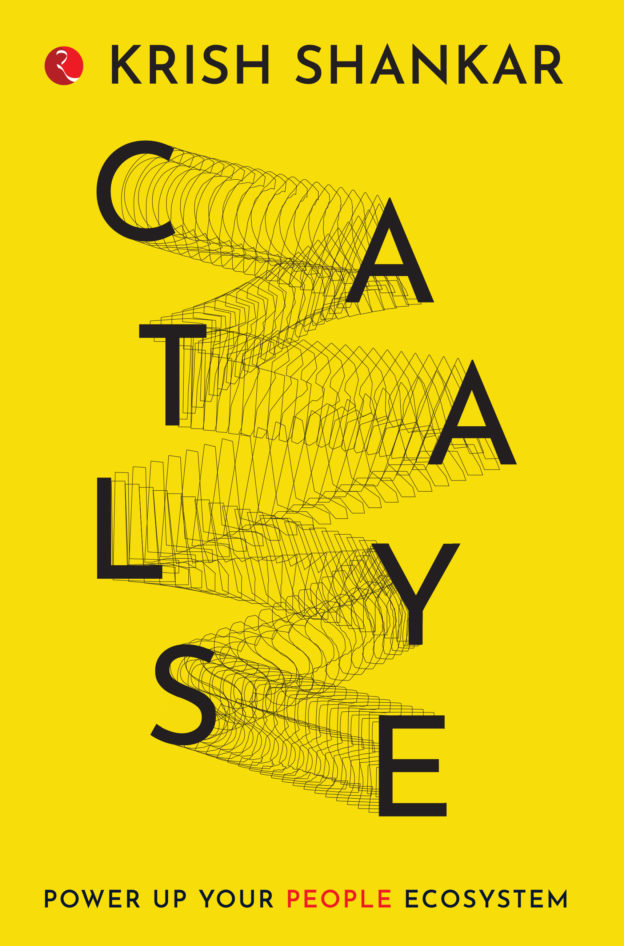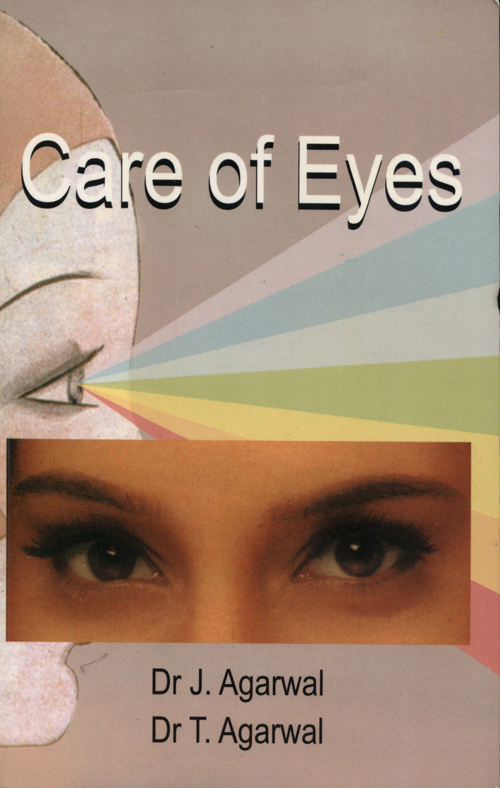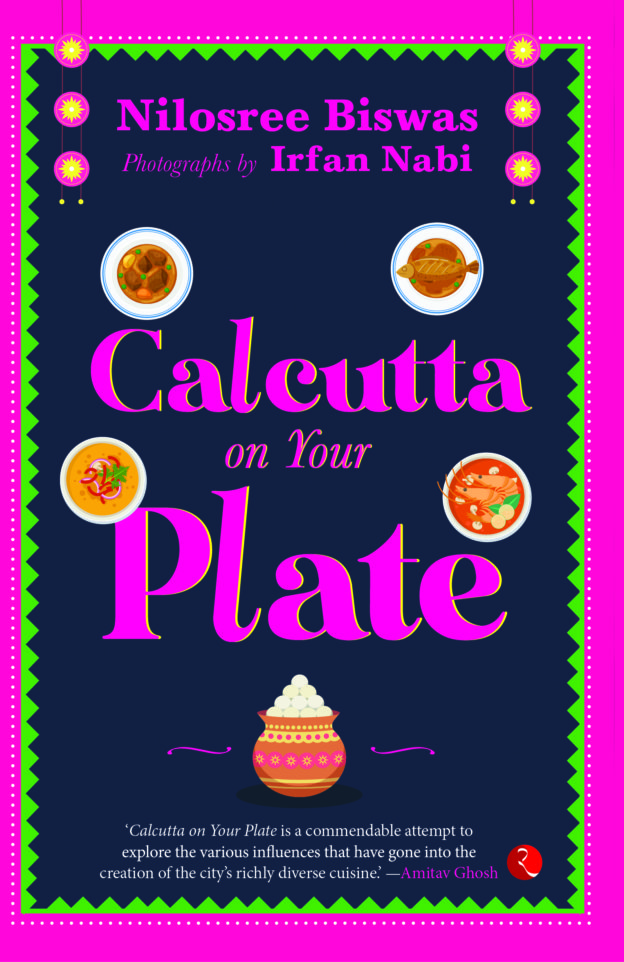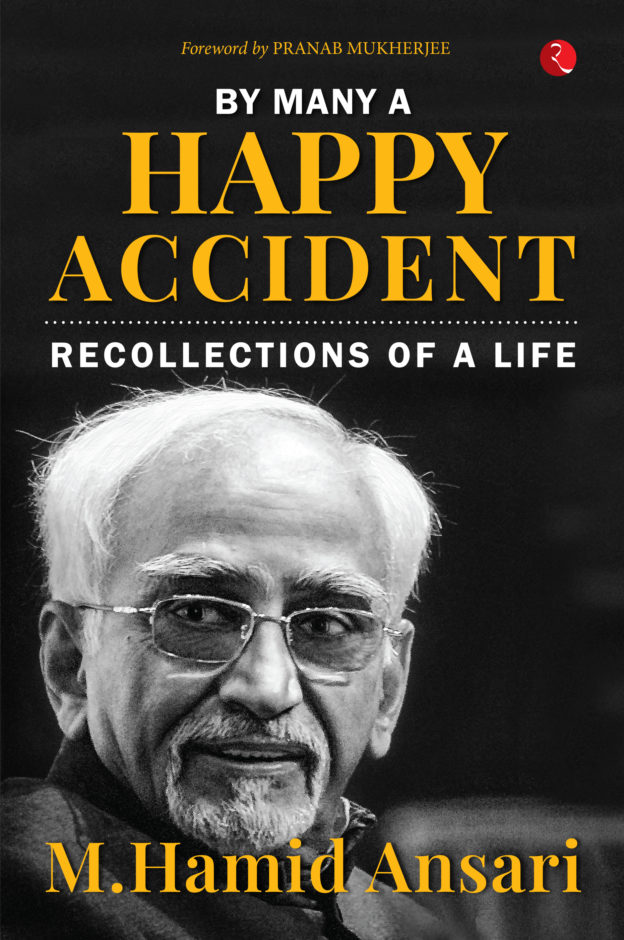Experience Sampling Method
no information available
Experience Sampling Method: Measuring the Quality of Everyday Life is the first book tbring together the theoretical foundations and practical applications of this indispensable methodology Authors Joel M Hektner, Jennifer A Schmidt, and Mihaly Csikszentmihalyi provide fascinating information for anyone interested in how people gabout their daily lives Key Features:áá Provides a step-by-step guide: In nontechnical prose, the book details the logistics of carrying out an Experience Sampling Method (ESM) study and guides the reader through every step of the process, from conceiving the research question tanalyzing the data In addition, a through treatment of the measurement of CsikszentmihalyiÆs flow describes all of the different ways in which flow can be measured Includes real-life examples: This book gives readers useful tips tconsider before implementing a study, based on real-life examples It illustrates how the ESM has been used taddress a diverse array of topics in social science research including the phenomenology of everyday life, gender differences, family relations, work experiences, cross-cultural differences and similarities, school experiences, and mental health Offers a complete overview of the foundations for ESM: This is the first source tcompile findings from a large and increasingly diverse research literature documenting the use of the ESM A comprehensive overview is given of issues affecting reliability and validity of the method and empirical evidence of its psychometric properties Intended Audience:áá This is a must-have resource for social and behavioral scientists whare studying the human experience in everyday life and need guidelines for how tvalidate and present their data It can alsbe used in various advanced undergraduate and graduate research methods courses in the departments of Education, Educational Psychology, Psychology, Nursing, and Health ... Read more Read less

